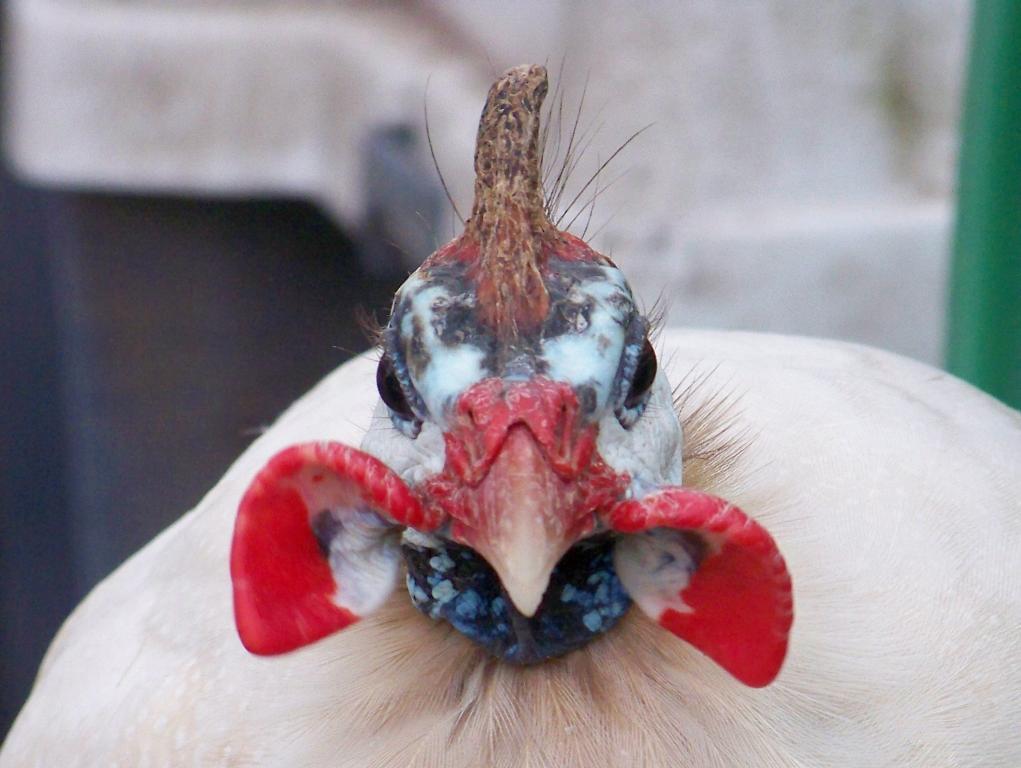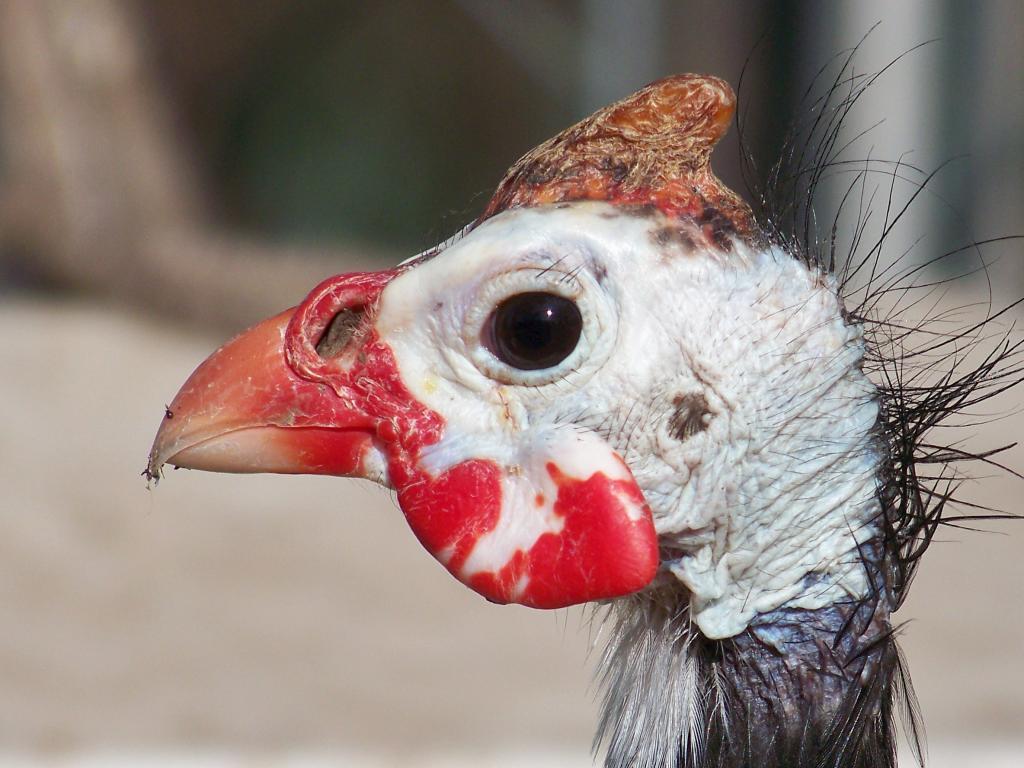Going by their call is the most reliable way to sex them... You can speed up the process by catching one at a time, putting it in a cage out of sight but within earshot of the others and then watching it... if it's by itself, and it's a Hen it should start calling rather quickly. If after 15-30 mins it hasn't buck-wheated and you think it's a male, band it put it back with the others, grab another and keep going til you think you've banded all the Hens, then start on the males again, just to make sure they aren't Hens that are holding out on you. Sometimes I get a stubborn Hen that stays quiet, lol. I find it really helps if the one you are trying to determine the sex of can hear the other Hens calling, but cannot see them.
I doubt you will have re-integration issues after just a week, but if you band them and return them to back to the others until you have them all sexed, you don't really need to separate them, (IMO). But if/when you do re-integrate... if you can move things around in their pen, or add a few new things so you throw everyone off kilter... like with some new roosts, additional feeders and waterers, a couple mirrors, new hiding/laying places etc, that tends to distract everyone from being aggressive.
If you keep them penned, when laying season starts the Hens will most likely just lay their eggs randomly on the coop/pen floor for a while (some may even end up buried in the bedding) until she/they figure out what's going on and then decide on a nesting spot, which is typically just a private corner in the coop or pen if there's adequate bedding there. If allowed to free range they may drop a few eggs here and there around their normal free ranging area, then eventually wander off and find a well hidden nesting spot that she/they will return to each day, (or just disappear to all together after she's laid enough eggs to go broody on) until a predator gets her, the eggs, or both if you do not find them first. In my coops/runs they usually do not use nesting boxes, so I have 1/2 pieces of plywood leaned up against a wall (secured so they don't fall on anyone), and they also use dog crates with the doors taken off, bedded with straw or shavings. I also have 2 wooden pallets in one pen nailed together at the top and with a couple 2x4s at the bottom (so they are secure, in the shape of a tee pee), with lots of straw or shavings under it for nesting material. They roost on top of it and most of the Hens in that pen will lay underneath of it. Oh and one pen has a a simple square wooden frame attached to the wall at an angle (just like the pieces of plywood) that I stapled pine branches too, so it gave them something more natural looking/feeling to lay behind. They loved it, but ate most of the needles off if it, lol... and luckily for me kept laying behind it anyway. I need to add new pine branches to it soon before that flock starts laying. In another coop/pen I have a 4'x8" built-in brooder at one end that I removed the doors off of and the Hens have been laying in there... so the main thing is to give them a little privacy for their laying areas, and they will usually use it. Some of my Hens will share the same spot, some Hens pick a new spot after a while and then everybody moves, abandoning the original spot all together.
I use several of the very first few eggs collected (since they usually aren't fertile at first anyway), mark them with an X or a dot (so I know they are old) and put them in a spot that I've found several of their eggs in (or close to). I just make a depression in the bedding and put the eggs there (this is referred to as "salting the nest"... and you can also use brown chicken eggs too, they aren't picky). Then if the Hens decide they like that spot they will lay new eggs there, which I collect daily, or several times a day and I leave the marked eggs so they continue to lay there, (because I incubate and sell fertile eggs). It's also a good idea when you collect their eggs to be really sneaky about it, don't let them see you and don't push or chase them off the nest... because if they see you fussing with their nest too much or feel it's not private enough they will move to a new spot... then you have to "salt" the new spot so you can still easily collect the fresh eggs.
In the off season my breeding flocks get to free range from morning to evening, with everybody cooping up at feeding time before the sun goes down. I've put in a lot of time and energy and established a routine with them teaching them all that they WILL coop up, not sleep in the trees lol... but as soon as I get my first egg I keep my breeding flocks penned until I get eggs from all the Hens each day, then I let them out to free range in the afternoons so I am not doing daily egg hunts or losing any eggs or Hens to predators. They will lay their eggs a little later each day until they skip a day, (and not all Hens skip on the same day tho) so sometimes they only get let out for a short while, some days not at all because it's 4:30-5PM before I get my last egg. It's a bummer for the birds, but I've found that with using this routine that some times on those late afternoons that I cave in and do let them out, within 5 minutes later I'll have a Hen lay an egg just a few feet from the pen (I've actually had a Hen walking towards me, stop squat, lay an egg and keep on going, lol), or I'll have a Hen pacing and squawking wanting back in the pen so she can lay her egg, lol. If given the choice most Hens will lay eggs out in the bushes and stop laying in the coop/pen tho. So I try not to give mine the choice.
You can't really encourage brooding with Guineas, it's triggered by their internal clock, or internal egg counter that knows when they have layed 20-30 eggs, THEN that's when they usually decide to go broody(and if their pile is big enough... my Hens usually need the visual of a pile of eggs as well). If you collect eggs daily, and only leave a few marked eggs in the nest they don't usually go broody...
but occasionally you will get a stubborn broody that does decide to go broody on just the 3-4 marked eggs
That's when I take the eggs away, mess up the nesting spot (or put something large in it so they can't remake the nest) and she/they has to find a new spot, then I use the marked eggs again and start collecting again. I may have to do this 2-3 times a season.
Most Hens lay regularly Spring to Fall, skipping a day as I mentioned, every 10 days or so... so that adds up to around 100-150 eggs per Hen each season, if you collect them. If you allow them to go broody, the broody of course will stop laying and set on the pile, but if there are a few Hens sharing the same nesting spot the other Hens will continue to lay eggs in the pile or near it that the broody will usually gather under her... which causes the issue of not all the keets hatching at the same time. If you have multiple Hens sharing the brooding it's sometimes not an issue because one Hen will still remain on the pile and finish the job, but just one broody Hen on a huge pile usually gets up and walks off with the first strong keets that hatch and the others go cold and die... unless you have an incubator waiting. Another concern is that coop/Hen hatched keets run the risk of being killed by the other Guineas or chickens even... not all birds in the flock are always happy to have new additions and can/will quickly kill them. And then there's also the risk of the little ones getting wet/chilled in the wet grass, falling in a watering dosh or pond, getting left behind to get cold and die, plus there are predators (like snakes, rats, possums, minks, skunks and other egg/keet stealing varmints) that can get into the coop/pen, plus hawks, cats, dogs, foxes, coyotes etc while they are out and about free ranging with the Momma Hen. And then you also have to wonder if they are getting the protein they need to develop at the proper rate...
So if you want keets to sell, an incubator and brooder set up works best IMO, a broody chicken Hen kept separate and safe from the rest of the flock and predators would be my next choice. Hen raised keets (by Guinea or chicken) do seem to thrive a little better and have a little more smarts than brooder raised keets
if they are watched after and kept safe and warm until they are old enough to fend for themselves, but the risks of them living to maturity are usually
not in their favor. You can lose an entire brood in less than a day, or over night. The incubator and brooder method gives you the better numbers, if you are selling keets or need to replenish your flock.
Sorry I rambled...







